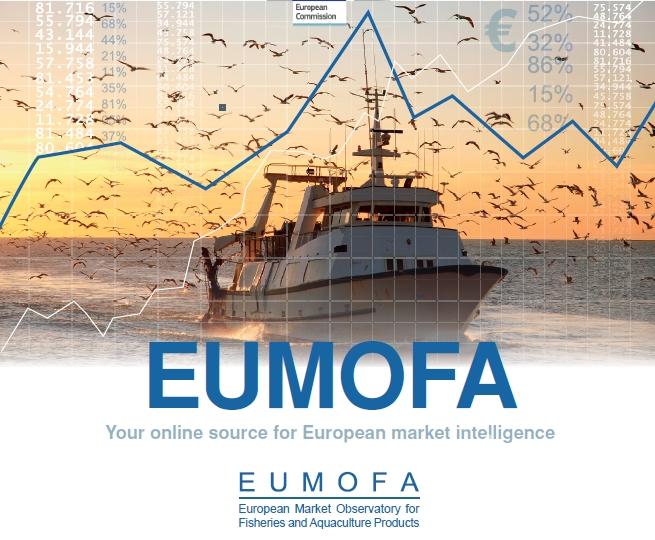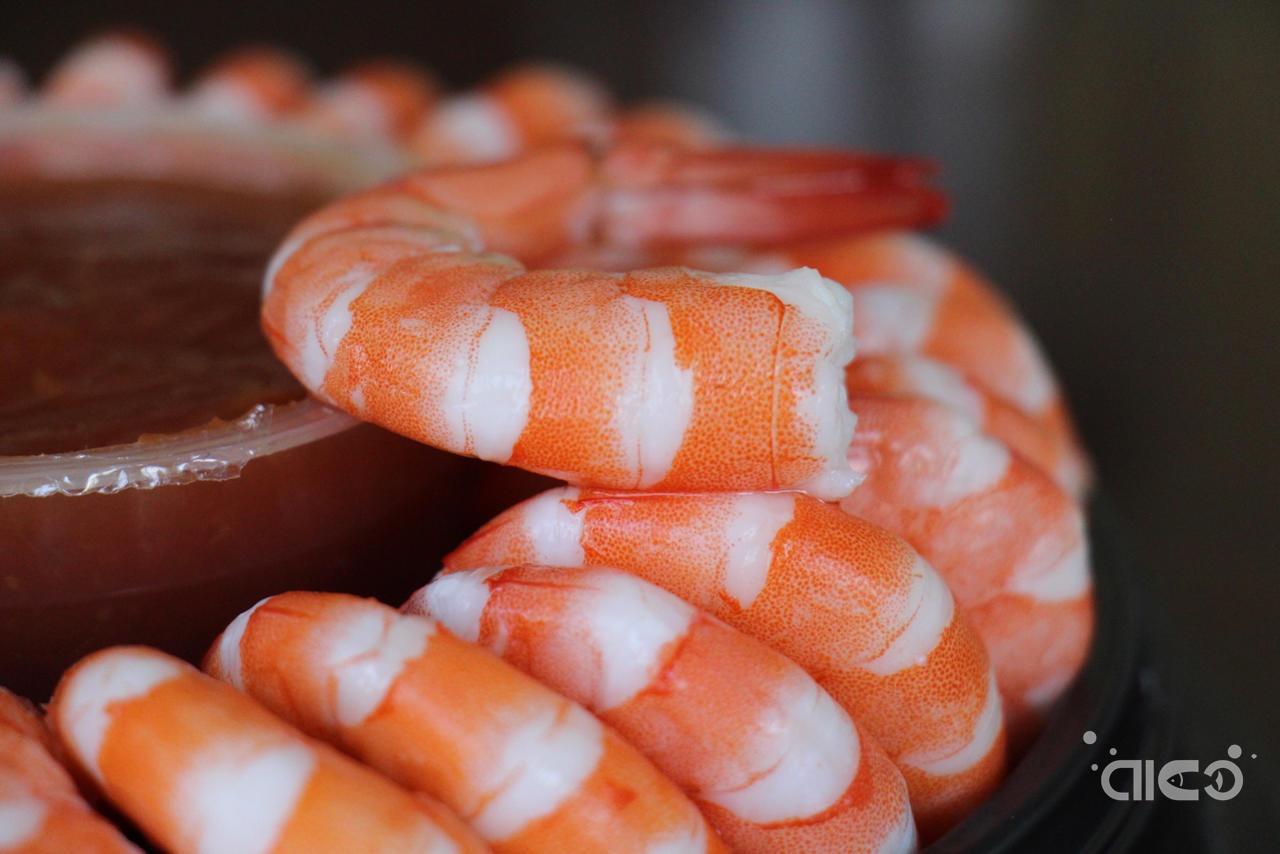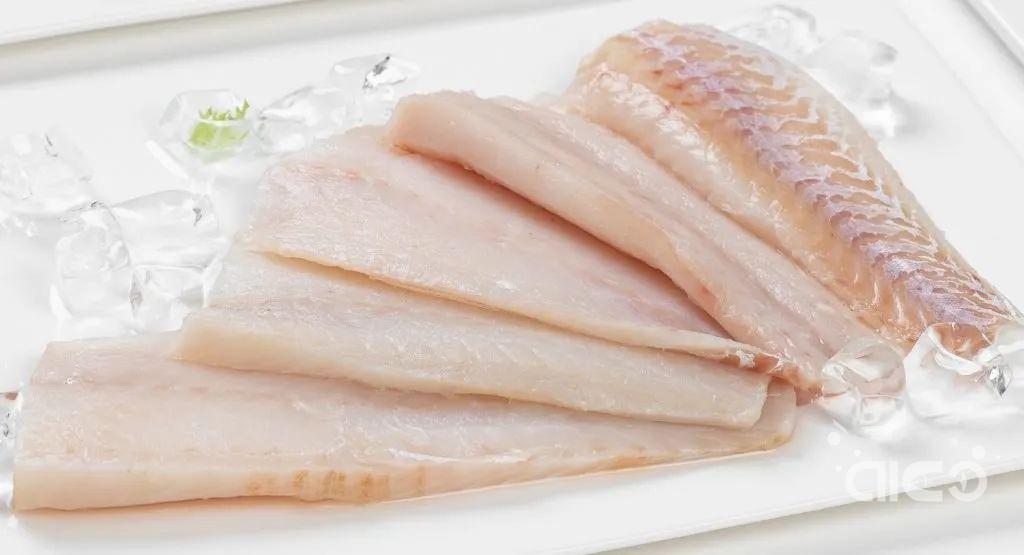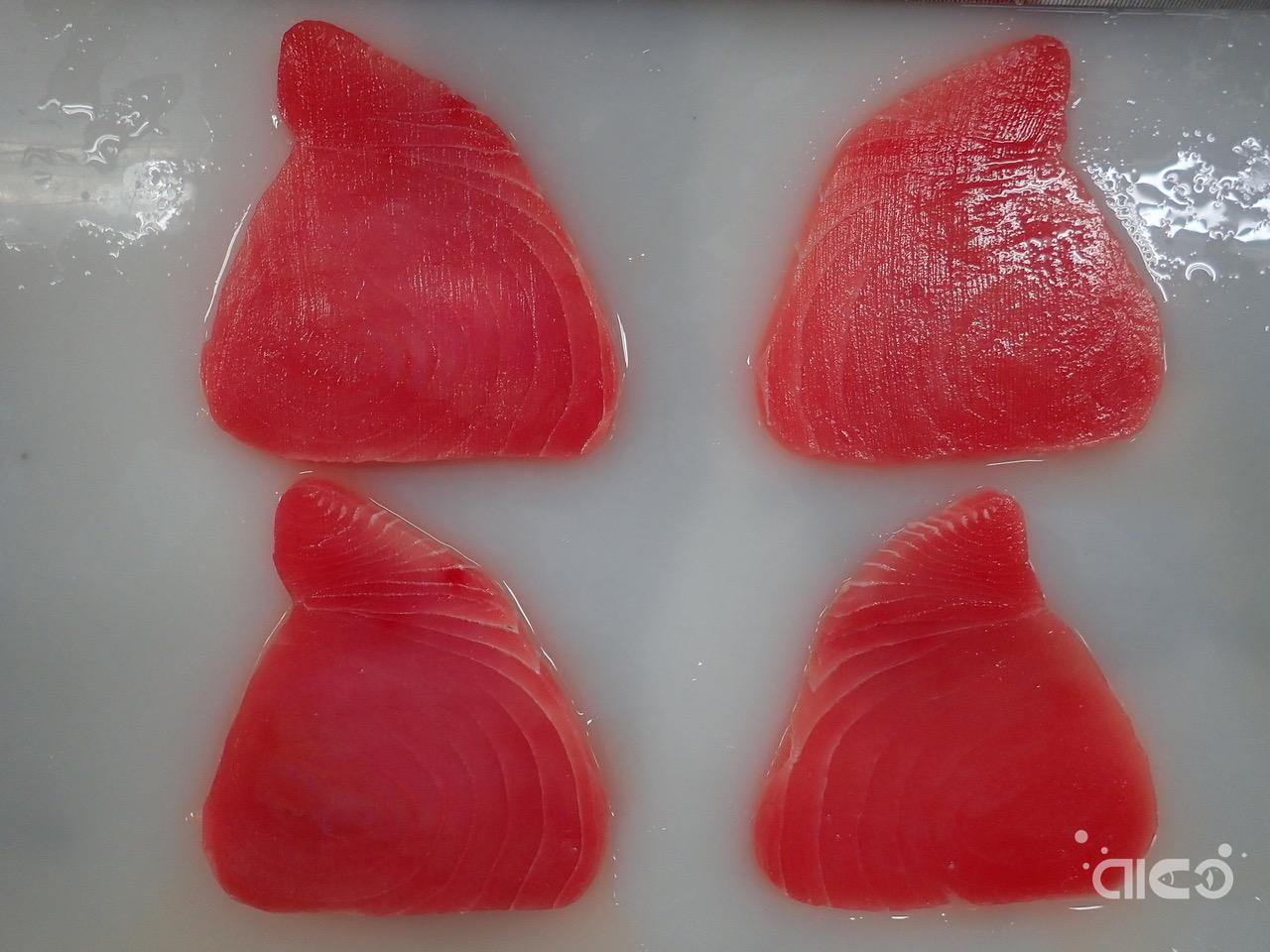EUMOFA: Inflation Severely Affects Aquatic Consumption and Exports!
Recently, the European Union Market Observatory for Fisheries and Aquaculture (EUMOFA) released its annual report "EU Fisheries Markets", which provides a comprehensive analysis of the state of fisheries and aquaculture in the EU. Highlights of the report are summarized as follows.

It is noted that EU Fisheries Markets is produced by the EU Market Observation Organization for Fisheries and Aquaculture (EUMOFA) and has been published annually since 2014.EUMOFA is a market analysis body of the European Union, set up by the European Commission, dedicated to improving market transparency and efficiency, analysing the dynamics of the EU market, and supporting evidence-based decision-making.
Higher prices and lower consumption
Household spending on fisheries and aquaculture products in the EU27 surged by almost 11% in 2022 compared to 2021, accelerating an upward trend that began in 2018.
According to Europanel/Kantar/GfK data: escalating inflation has had a significant impact on food prices (especially fish products), leading to an increase of more than 10% over 2021. Inflation has led to a significant reduction in household fish consumption, with consumption in the highest consuming EU countries falling by almost 17%.
Impact of inflation on exports
EU exports increased by 19% to €8.1 billion. However, production continued its downward trend in 2021, falling by 5% to 2.3 million tons.
Several factors affect EU trade volumes in 2022. The main one is the spike in inflation, which is linked to the end of COVID-19 leading to an increase in demand and the ensuing rise in prices. In addition, the conflict between Russia and Ukraine has had a significant impact on the EU fisheries market as it has increased energy and production costs, leading to global inflation, which in turn has affected currency exchange rates.
Imbalance in import and export trade
As imports have grown more than exports, the EU trade deficit amounts to 25%, an increase of €4.73 billion compared to 2021.Between 2013 and 2022, the deficit increased by 56% in real terms.
Between 2021 and 2022, the situation worsens in all EU countries with deficits of more than €1 billion, with most of them experiencing an increase in the value of exports and imports, but a decrease in volume.
Changes in key products
Salmon: In 2022, EU salmon imports fell by 3% compared to 2021, but grew by 28% in value to €8.4 billion, a ten-year high. Salmon imports from Norway account for 83% of the value growth in 2022, and their average import price has increased by 33% compared to 2021.
Shrimp: Shrimp accounted for 10% of total EU imports and 15% of the total value of EU imports in 2022, with a 2% increase in volume and a 17% increase in value of shrimp imports compared to 2021.Ecuador, India, and Vietnam increased their market share by 1% to 2% in 2022 and accounted for 89% of the value added of shrimp imports. On the other hand, Argentina's market share declines by about 3% from 2021 to 2022.

Cod: one of the most popular fish products among EU consumers. a 20% reduction in the Norwegian/Russian Barents Sea cod quota and a 7% reduction in supply to the EU market in 2022. The average product price of cod increases by 29%, from €5.05/kg to €6.53/kg, resulting in a 20% spike in the value of imports compared to 2021.

Tuna: In 2022, tuna accounted for 10% of the total volume and value of EU fish imports, with a 1% increase in volume and a 29% increase in the value of imports compared to 2021, skipjack tuna accounted for 53% of imports and 49% of the value of imports, followed by yellowfin tuna, which accounted for 32% of imports in terms of volume and value of imports.


Alaska Pollock: while import volume remains stable in 2022, import value jumps by 31% to €986 million. The increase in the value of imports is mainly due to a significant increase in prices.





